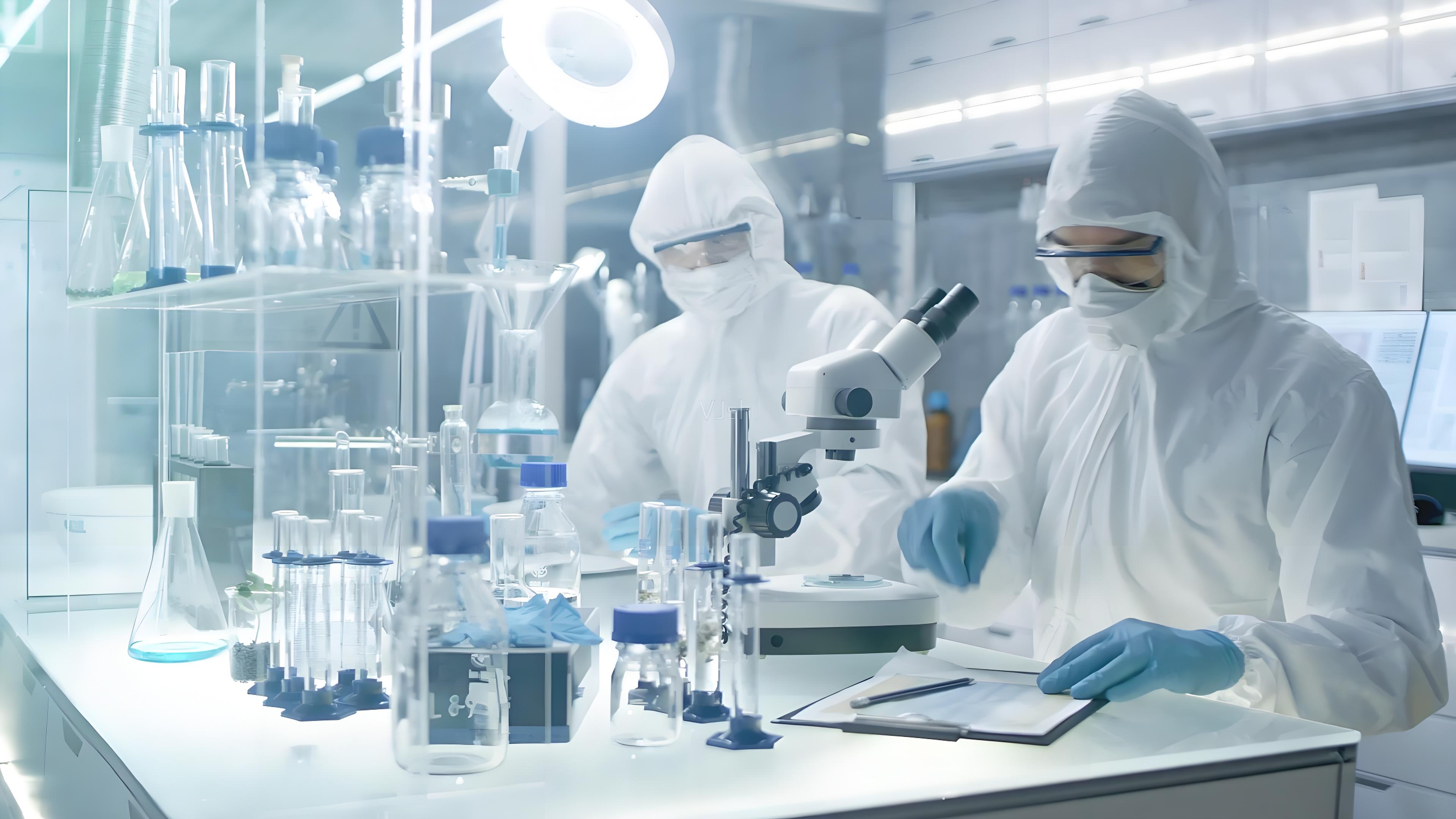Hits: 372 img

In the biopharmaceutical field, silicone rubber has emerged as a "critical material" for gene sequencing, drug development, and biomanufacturing, leveraging its biocompatibility, designability, and stability.
1. The "Microfluidic Revolution"
in Gene Sequencing
Chip Sealing Technology: Silicone rubber gaskets ensure precise microfluidic liquid flow, supporting single-cell sequencing and rapid gene amplification.
Nanopore Sequencing: Silicone membrane nanopores detect DNA strands with single-molecule precision, advancing cancer genome mapping.
Portable Sequencers: Silicone casings protect circuitry, shrinking devices to smartphone size for field sampling.
Case Study: A biotech company completed full viral genome sequencing using silicone chips in just 2 hours.
2. The "Intelligent Carrier" for
Drug Sustained-Release Systems
Targeted Delivery: Silicone microspheres encapsulate anti-cancer drugs, with antibody-modified surfaces for precise tumor cell recognition and reduced systemic side effects.
Controlled Release: Thermosensitive silicone softens at body temperature, enabling pulsed drug release to enhance therapeutic efficacy.
Oral Formulations: Silicone capsules remain stable in gastric acid and disintegrate in the intestine, preserving active ingredients.
Technical Breakthrough: The FDA-approved silicone-based insulin pump delivers precise drug infusion for 72 consecutive hours.
3. The "Flexible Heart" of Bioreactors
Cell Culture Scaffolds: Silicone porous materials mimic extracellular matrices, promoting stem cell differentiation into cardiomyocytes or neurons.
Sterile Sealing Systems: Silicone gaskets withstand autoclaving, ensuring aseptic biopharmaceutical production environments.
Microcarrier Cultivation: Silicone microspheres support cell growth, boosting biopharmaceutical production efficiency and reducing costs.
Innovation Direction: MIT-developed silicone-based organ chips simulate human liver metabolism, accelerating drug development.
4. The "Safety Guardian" of
Vaccine Development
Adjuvant Carriers: Silicone particles enhance vaccine immunogenicity, reducing antigen dosage.
Cold Chain Packaging: Silicone-insulated containers maintain -70°C ultra-low temperatures to preserve mRNA vaccine activity.
Injection Needles: Silicone coatings minimize tissue damage and vaccination pain.
Conclusion
Silicone rubber is driving a
biopharmaceutical revolution with "molecular-level" precision,
offering boundless possibilities for human health—from gene sequencing to drug
delivery, biomanufacturing to vaccine development. As synthetic biology
advances, it may become the "foundational material" for constructing
artificial life systems.
Medical Grade Liquid Silicone Rubber – MY-LSR95 AB